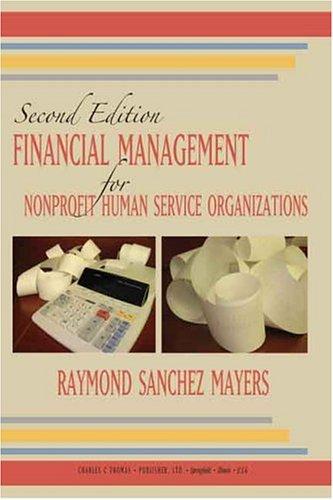Problem 10.35 (Algo) Common stock value based on PV calculations [LO10-5] Beastey Ball Beatings pald a \$4 dindend last yeak The dividend is expected to grow at a constant rate of 7 percent over the next four years. The required rate of return is 14 percent (this will also serve as the discount rate in this probiem). Use Appendix 8 for an approximate answer but calculate your final answer using the formula and financial calculator methods. a. Compute the anticipated value of the dividends for the next four years, Note: Do not round intermediate calculotions. Round your final answers to 2 decimal places. b. Calculate the present value of each of the anticipated dividends at a ciscount rate of 14 percent Note: Do not round intermediate calculations. Round your final onswers to 2 decimal ploces. c. Compute the price of the stock at the end of the founth year (F4). Do not tound intermodiate colculations. Round your finel onswer to 2 decimol ploces. c. Compute the price of the stock at the end of the fourthyear (P4). Do not round intermediate calculations, Round your final answerto 2 decimal ploces. d. Calculate the present value of the year 4 stock price at a discount rate of 14 percent. Note: Do not round intermediate calculations. Round your final answer to 2 decimal places. e. Cormpute the current value of the stock Note: Do not round intermediate colculations. Round your final answer to 2 decimal places, 1. Use the formula given below to show that it will provide approxirnately the same answer as part e. Note: Do not round intermediste calculations, Round your final answer to 2 decimal places. 9. If current EPS were equat to $5.89 and the P/E ratio is 12 times higher than the industry average of 9 , what would the stock ptice ha? 9. If current EPS were equal to $5.89 and the P.E ratio is 1.2 times higher than the industry average of 9 , what would the stock price be? Note: Do not round intermediate colculations, Round your final answer to 2 decimal places. h. By what dollar amount is the stock price in part g ditferent from the stock price in part P ? Note: Do not round intermediate calculations. Round your final answer to 2 decimal places. 1. With regard to the stock price in part f, indicate which direction it would move if: indix B (concluded) Fiesent walue of $1











